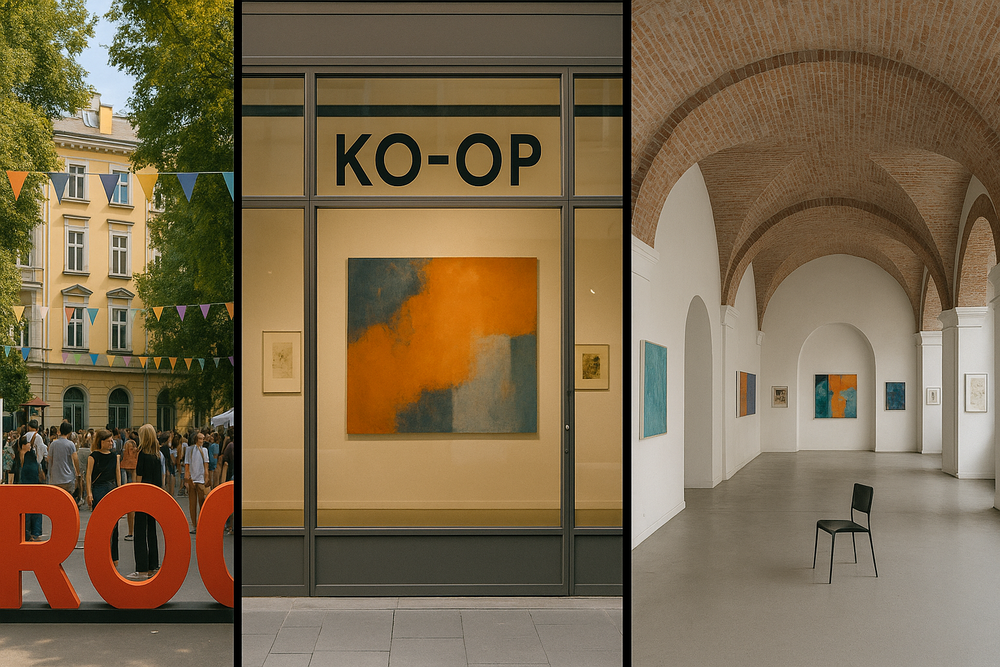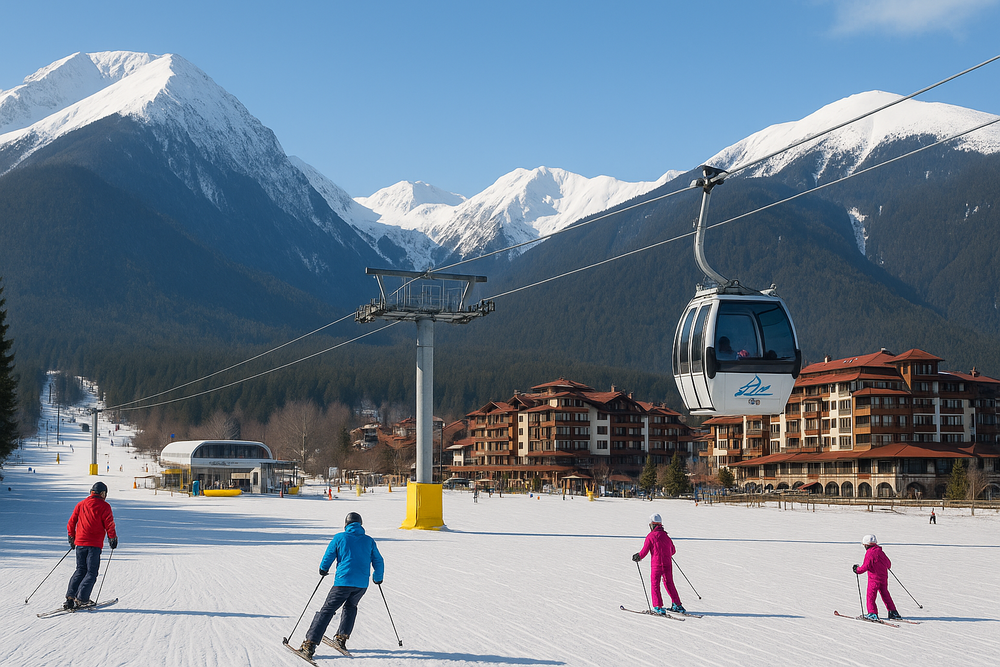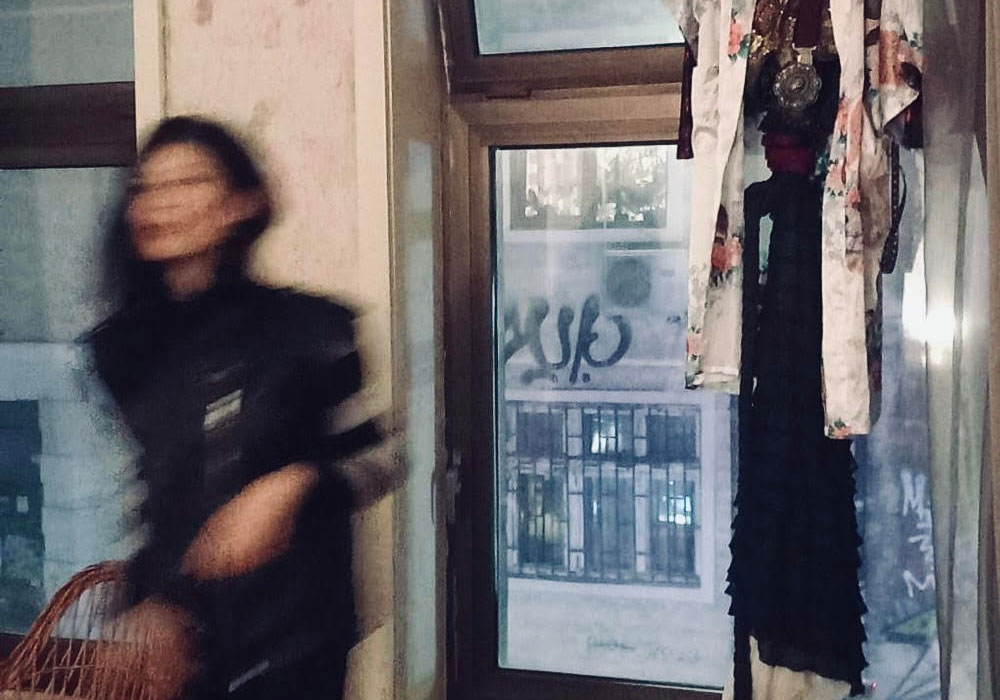
Folktales and Legends: Stories That Shaped Bulgaria’s Identity
Bulgaria, nestled in the heart of the Balkans, is a land rich in history, mystery, and myth. Its folklore is a vibrant tapestry woven from the struggles, hopes, and spirit of its people. Through generations, tales of heroes, mystical beings, and the wild forces of nature have helped shape the Bulgarian national identity. Among the most beloved are the tales of Krali Marko, the enchanting Samodivi, and the origin legend of the Balkan Mountains. These stories are more than old myths — they are mirrors of the nation’s soul.
Krali Marko – The Giant Protector
One of Bulgaria’s most iconic folk heroes is Krali Marko, a legendary figure known for his supernatural strength, enormous size, and deep sense of justice. Though based loosely on a 14th-century nobleman, folklore transformed Marko into a giant warrior who roamed the lands on his loyal horse Sharac, carrying a massive sword and fighting to protect the weak from invaders.
In one popular tale, Krali Marko drinks water from the Danube with a single gulp and leaves his footprint in a mountain stone. He challenges Ottoman oppressors, lifts mountains, and defeats dragons. Yet he is also portrayed as humble, even tragic — a man burdened with great power in a world slipping into darkness.
Today, Krali Marko represents not just brute force, but resilience, loyalty, and the longing for freedom. His stories served as a form of cultural resistance during the centuries of Ottoman rule, reminding Bulgarians of their strength and dignity.
The Samodivi – Spirit Guardians of the Forest
In the misty forests and high mountain meadows of Bulgaria, legends speak of the Samodivi — wild, ethereal forest nymphs. Dressed in white, with long flowing hair and radiant beauty, the Samodivi are both enchanting and dangerous. They dance in moonlit clearings and are believed to guard nature’s secrets.
According to folklore, a man who spies on a Samodiva bathing or steals her magical garment may force her to become his wife. However, once she retrieves her garment, she returns to the forest, leaving the human world behind. This tale reflects the fragile line between civilization and the wild — a recurring theme in Bulgarian culture.
The Samodivi represent untamed beauty, freedom, and the power of nature. Even today, they appear in songs, art, and literature as symbols of feminine strength and independence, as well as warnings of nature’s unpredictable wrath.
The Birth of the Balkan Mountains
One poetic legend explains the creation of the Balkan Mountains — the mighty Stara Planina that slices across Bulgaria. Long ago, the land was flat and lifeless, until a brave man named Haemus challenged the gods. As punishment for his arrogance, they turned him into a mountain to forever stand in silent humility. His wife, Rhodope, was turned into the Rhodope Mountains, forever facing her husband.
This myth, rich with tragic grandeur, reminds Bulgarians of the pride and price of defiance. The mountains, in this sense, are more than just natural features — they are monuments of eternal love, loss, and the enduring presence of history.
Folktales as Cultural Memory
These legends and many others live on in Bulgarian festivals, songs, rituals, and daily language. They carry moral lessons — about courage, humility, harmony with nature, and the consequences of pride. They also reinforce a sense of belonging, connecting people to their land and to each other through shared imagination.
In modern Bulgaria, where tradition and change often collide, folklore offers a grounding force. It reminds the nation of its deep roots and the timeless values that have carried it through centuries. As young Bulgarians rediscover these stories, whether through school, media, or family, they keep alive a cultural heritage that continues to shape the country’s identity.











